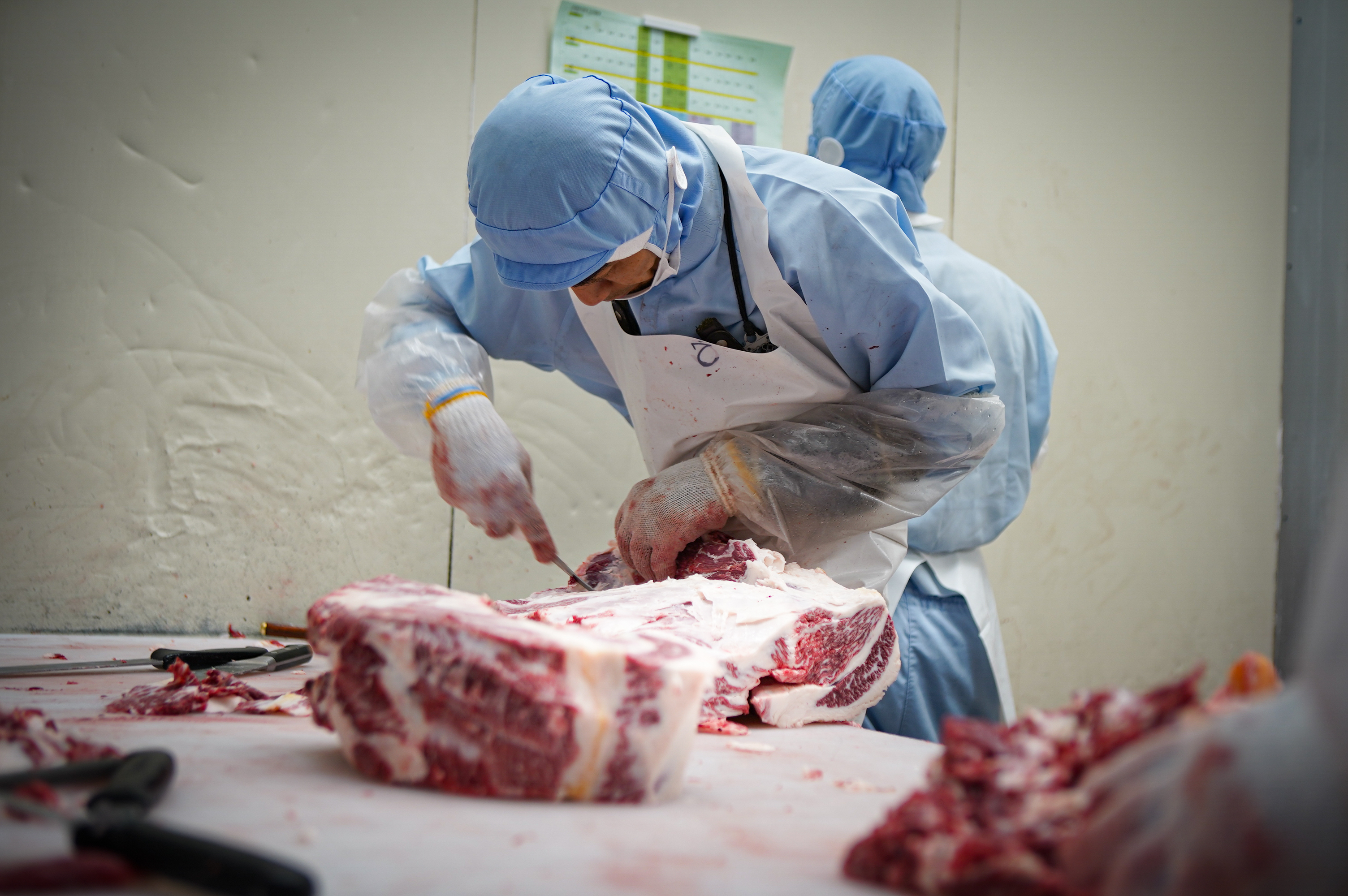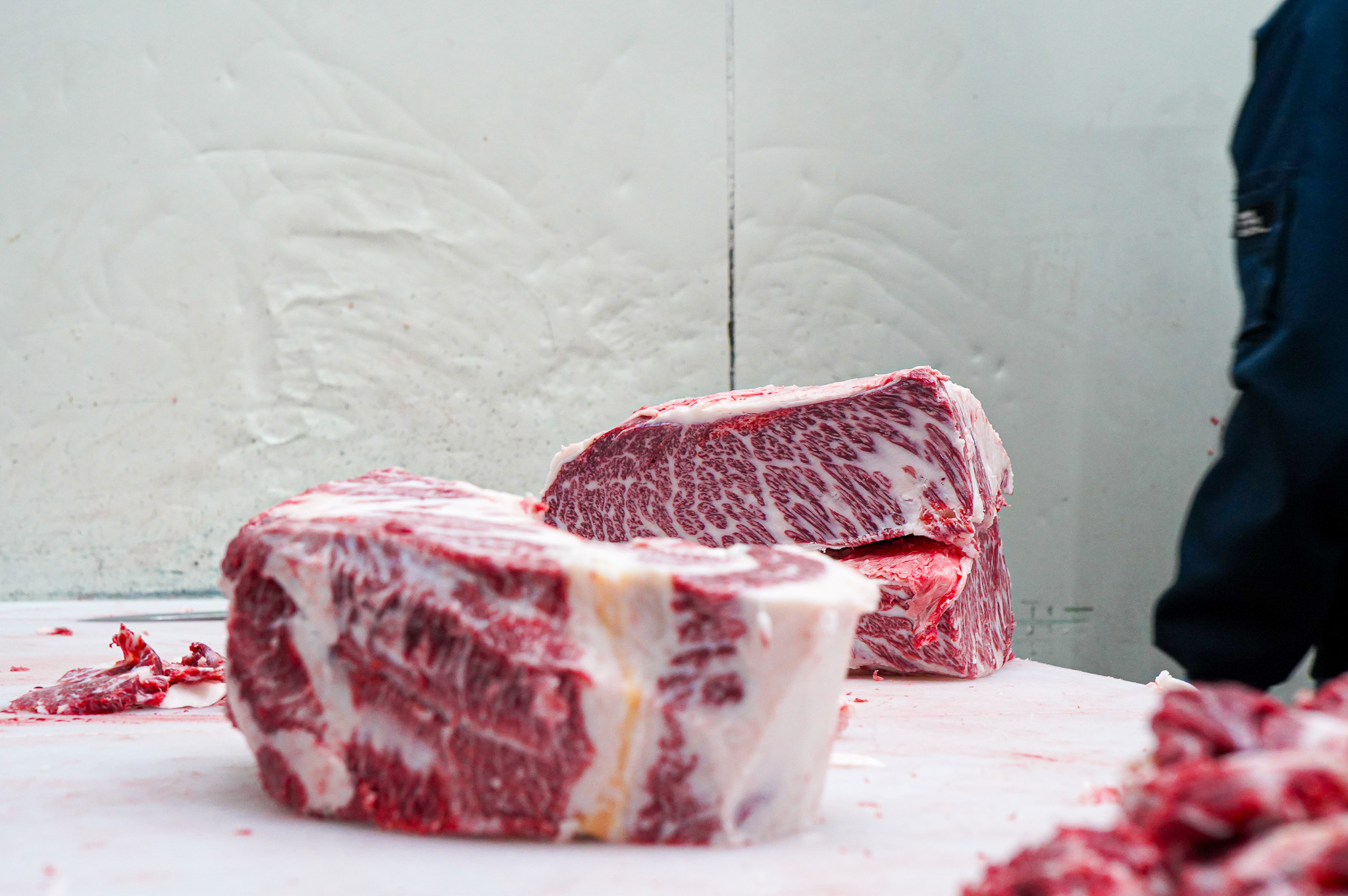When people around the world talk about the finest beef, one name consistently rises above all others: Kobe beef. But what exactly makes this Japanese delicacy so special that it's universally regarded as "the world's best"? In this comprehensive guide, we'll explore everything from its strict definition to the secrets behind its extraordinary taste and the proper way to enjoy it.
Table of Contents
1. What is Kobe Beef? The Strict Definition
Key Point
True Kobe beef can only come from Tajima-gyu cattle born, raised, and processed in Hyogo Prefecture, Japan, meeting extremely strict quality standards.
Kobe beef isn't just any premium beef from Japan. It's a protected designation with incredibly strict requirements:
- Breed: Must be purebred Tajima-gyu cattle (a specific strain of Japanese Black cattle)
- Location: Born, raised, and processed exclusively in Hyogo Prefecture
- Quality Grade: Must achieve A4 or A5 grade (the highest quality levels)
- Marbling Score: Beef Marbling Standard (BMS) of 6 or higher
- Weight Limits: Specific carcass weight requirements
- Certification: Each piece must be traceable to its individual animal
Every authentic piece of Kobe beef comes with official certification and traceability documentation
2. Uncompromising Quality Standards
The quality standards for Kobe beef are so stringent that only about 3,000-5,000 cattle qualify each year from the entire Hyogo Prefecture. This represents less than 0.1% of all beef produced in Japan.
Marbling Excellence
- • BMS score of 6-12 (out of 12)
- • Intricate fat distribution throughout muscle
- • Creates the signature "snowflake" pattern
- • Fat melts at lower temperatures
Grading System
- • A4 or A5 grade required
- • Evaluated on yield and quality
- • Color, firmness, and texture assessed
- • Fat color and quality examined
3. The Science Behind the Extraordinary Taste
The intricate marbling pattern creates the unique texture and flavor profile of Kobe beef
What Makes the Taste So Special?
Intramuscular Fat Distribution
The fine marbling creates a "melt-in-your-mouth" texture as the fat has a lower melting point than regular beef fat, literally melting at body temperature.
Umami Concentration
The slow-growing Tajima-gyu cattle develop higher concentrations of glutamates and nucleotides, creating an intense umami flavor profile.
Tender Texture
The fine muscle fibers and optimal fat distribution create an incredibly tender texture that requires minimal chewing.
4. Traditional Production Methods
The production of Kobe beef follows centuries-old traditions combined with modern quality control methods:
Careful Breeding
Selective breeding of Tajima-gyu cattle over generations to maintain genetic purity
Stress-Free Environment
Cattle are raised in low-stress environments with individual attention and care
Premium Feed
High-quality feed including rice straw, corn, and barley for optimal marbling development
Did You Know?
Contrary to popular myths, Kobe cattle are not massaged with sake or beer. These are misconceptions that have spread globally. The reality is much more focused on genetics, environment, and feed quality.
5. How to Properly Enjoy Kobe Beef
Kobe beef is best enjoyed with minimal seasoning to appreciate its natural flavors
Cooking Methods
Teppanyaki (Recommended)
- • Cook on a flat iron griddle at medium heat
- • Sear quickly to create a crust while keeping interior tender
- • Internal temperature: 120-130°F (rare to medium-rare)
- • Season only with salt and pepper
Shabu-Shabu
- • Thinly sliced beef cooked briefly in hot broth
- • Dip for just 10-15 seconds
- • Serve with ponzu or sesame sauce
- • Preserves the delicate texture and flavor
Sukiyaki
- • Cook in sweet soy-based broth
- • Add vegetables and tofu
- • Traditional Japanese hot pot style
- • Perfect for sharing and experiencing Japanese culture
Important Tips
- • Never overcook Kobe beef - it's best enjoyed rare to medium-rare
- • Use minimal seasoning to appreciate the natural flavors
- • Let the meat rest at room temperature before cooking
- • Serve immediately after cooking for the best experience
6. Global Recognition and Rarity
Kobe beef's reputation as "the world's best" isn't just marketing - it's backed by objective quality measures and global recognition:
Extreme Rarity
- • Only 3,000-5,000 cattle qualify annually
- • Less than 10% exported outside Japan
- • Most expensive beef in the world
- • Waiting lists at top restaurants globally
International Recognition
- • Protected designation in multiple countries
- • Featured in Michelin-starred restaurants
- • Considered the gold standard by chefs
- • Cultural ambassador for Japanese cuisine
Price Perspective
Authentic Kobe beef can cost $200-400 per pound at retail, and $50-100 per ounce at restaurants. This price reflects not just rarity, but the decades of tradition, strict quality control, and unmatched eating experience.
Conclusion: Understanding True Excellence
Kobe beef earns its title as "the world's best" through an uncompromising commitment to quality that spans generations. From the genetic purity of Tajima-gyu cattle to the strict grading standards and traditional production methods, every aspect is designed to create an unparalleled culinary experience.
When you understand the science behind the marbling, the centuries of tradition, and the extreme rarity, each bite becomes more than just food - it becomes an appreciation of Japanese craftsmanship and dedication to perfection.
Whether you're planning to try Kobe beef for the first time or you're already a connoisseur, understanding these fundamentals will enhance your appreciation and ensure you're getting an authentic experience worthy of its legendary reputation.


